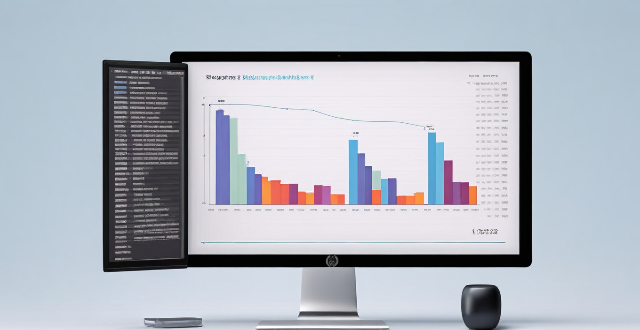When choosing a computer monitor for graphic design, considerWhen choosing a computer monitor for graphic design, consider size, refresh rate, Prioritize these factors based on your needs to find a suitable monitor for your graphic design work.

How to Choose a Computer Monitor for Graphic Design
When it comes to graphic design, having the right tools is crucial. One of the most important tools is your computer monitor. A good monitor can make a significant difference in the quality of your work and how comfortable you are while working. Here are some factors to consider when choosing a computer monitor for graphic design:
1. Resolution
The resolution of your monitor determines how sharp and clear your images will be. For graphic design, you'll want a monitor with a high resolution. Look for monitors with at least 1920 x 1080 pixels (Full HD), but ideally, you should aim for higher resolutions such as 2560 x 1440 (QHD) or even 3840 x 2160 (4K).
2. Color Accuracy and Gamut
Color accuracy is essential for graphic designers. You'll want a monitor that can display colors accurately and consistently across the entire screen. Look for monitors with high color accuracy ratings, such as those with an IPS (In-Plane Switching) panel. Additionally, check the monitor's color gamut coverage, which refers to the range of colors it can display. Aim for at least 100% sRGB coverage, but if you work with print media, consider a monitor with Adobe RGB coverage.
3. Size and Aspect Ratio
The size of your monitor affects how much space you have to work on your designs. A larger monitor allows you to see more details and work on multiple elements simultaneously. However, keep in mind that a larger monitor may also mean lower resolution unless you invest in a high-resolution model. The aspect ratio is another factor to consider; most monitors come in either 16:9 or 16:10 aspect ratios. While 16:9 is great for video editing, a 16:10 aspect ratio provides more vertical space, which can be beneficial for graphic design tasks.
4. Refresh Rate and Response Time
The refresh rate determines how smoothly your monitor displays moving images, while the response time affects how quickly the monitor updates its image. For graphic design, these factors aren't as critical as they are for gaming or video editing. However, a higher refresh rate and faster response time can still provide a smoother experience when working with animations or scrolling through large documents.
5. Ergonomics and Connectivity
Consider the ergonomics of the monitor, such as its adjustability (tilt, swivel, height adjustment), as well as its connectivity options. Ensure that the monitor has enough ports to connect all your devices, including USB-C or Thunderbolt 3/4 ports for power delivery and data transfer.
6. Budget
Finally, consider your budget when choosing a computer monitor for graphic design. High-end models with excellent color accuracy and high resolutions can be quite expensive, but there are also affordable options available that still meet most of the criteria mentioned above. Determine what features are most important to you and find a monitor that fits within your budget while meeting those requirements.
In conclusion, choosing a computer monitor for graphic design requires considering several factors, including resolution, color accuracy and gamut, size and aspect ratio, refresh rate and response time, ergonomics and connectivity, and budget. By prioritizing these factors based on your needs and preferences, you can find a monitor that will help you create stunning designs comfortably and efficiently.